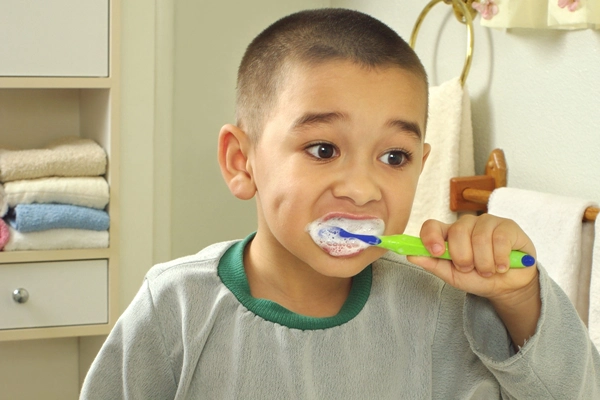Everything You Should Teach Your Children About Credit
Navigating credit can be challenging even for adults, but teaching kids about it early on can set them up for financial success. It’s never too soon to start these conversations, and as parents, you can shape your child’s understanding and habits around money. We’ll explore everything you should teach your children about credit.
Understanding Credit
Credit is the ability to borrow money with the promise to repay it in the future. Your credit score, a numerical representation of your creditworthiness, is essential to this concept. Explain to your children that maintaining a high credit score is important for their financial health. A good score opens doors to better interest rates and loan terms.
Helpful Tip
Use real-life examples, like borrowing a toy from a sibling and promising to return it in good condition, to illustrate the concept of credit and trust.
Interest Rates and Terms
Interest rates can be a tricky concept, but explaining them in simple terms can demystify them for your child. Higher interest rates mean paying more money over time, so seek favorable terms when borrowing. Knowing a few tips for choosing beginner credit cards can help you find a card that has the best terms when the time comes to get your child a credit card.
Helpful Tip
Use a small allowance loan with interest as an exercise to show how interest works in a real-world scenario.
Responsible Credit Card Use
Credit cards can be handy tools if used responsibly. Teach your child that carrying high balances can be risky and that paying off balances in full each month is beneficial. Discuss the difference between needs and wants when it comes to spending.
Helpful Tip
Encourage your child to use a “credit card” system with their allowance to practice making purchases and paying them back on time.
Budgeting Skills
Budgeting is a vital skill that every child should learn. By managing expenses, they can avoid accumulating unnecessary debt and stress. Budgeting skills are among the most important money habits to teach your kids. Show them how to track their spending and save for future goals.
Helpful Tip
Create a fun budgeting game where your child decides how to spend and save their allowance, reinforcing the lesson through play.
The Consequences of Debt
Lastly, discuss the potential consequences of accumulating too much debt. It can damage credit, lead to financial instability, and affect future opportunities like buying a house or a car. Make this a relatable conversation by discussing the impact of debt on everyday life.
Helpful Tip
To make the lesson more engaging, share stories (real or fictional) about people dealing with debt and how it has affected their lives.
Start Teaching Them Today
By understanding what you should teach your children about credit, you equip them with the knowledge and skills to make sound financial decisions. As a parent, you play a crucial role in shaping their financial future. With your guidance, your children will be well on their way to becoming financially savvy adults.









